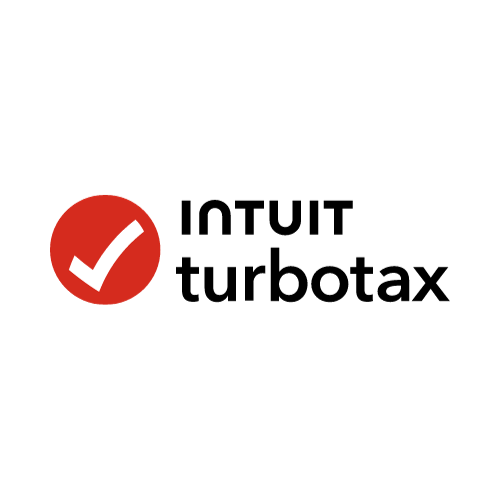Look down at your computer keyboard (if you’re reading this on your phone, just work with me—picture it in your mind’s eye). Now imagine that keyboard being smaller. Much, much smaller. Like nearly the size of a king-sized candy bar. There are no number keys, and the space bar is super-tiny, just two keys wide. OK, now imagine typing on it all day. If this seems appealing—if your regular keyboard has always felt just too damn big—then welcome to the tiny keyboard movement.
Devotees of mechanical keyboards are often known for their benevolent obsession with building custom peripherals. Aside from their satisfying clackiness, the big draw of mechanical keyboards is their infinite customizability. Spend a few minutes on the r/mechanicalkeyboards subreddit and you’ll get a sense of how some people spend hundreds to thousands of dollars assembling different boards with elaborate “artisan” keycaps. All that dedication has led to a growing movement of enthusiasts who want to simplify the devices down to their purest form: the tiny keyboard.
Custom-designing a tiny keyboard, proponents say, fosters creativity through constraint. When there’s only three or four rows of keys to work with, every key counts. Color, shape, and even key placement varies from board to board. Looking at some of them feels like gazing at the array of multicolored tubs in an ice cream shop. What they have in common is, well, that they’re tiny.
The 40 percent keyboard is probably the most popular mini configuration. As the name implies, it occupies less than half the space of a traditional keyboard. A standard full-sized keyboard with a number pad has somewhere around 101 keys (give or take a couple depending on the brand). The keys of a tiny keyboard aren’t any smaller than normal, they are just fewer in number. The 40 percent gives you somewhere between 40 to 49 keys to work with, depending on whether you want your spacebar wider than a single letter key.
“Honestly, it’s adorable,” says Erez Zukerman, CEO of the Canadian company ZSA Technology Labs, which sells the Planck EZ 40-percent keyboard. “It is a super cute keyboard. My developer in Japan, when I sent him the first prototype, his four year old asked him if he could have a bite.”
The Planck EZ is sold preassembled, but most people who use tiny keyboards build them themselves, either from kits or from scratch. Toby Dan, who works in software sales in Atlanta, Georgia, is a mechanical keyboard enthusiast who builds and designs layouts for small boards.
“I like the idea of the size and its portability, ease of use,” Dan says. “Doing a different layout really kind of fascinated me, which led to, ‘How small can I get my board and still use them at my office on a daily basis?’ That’s basically the challenge that I ended up with for myself.”
Dan first got into mechanical keyboards as a hobby about a year and a half ago. Since then, he’s built 25 or so mechanical keyboards, 12 of which he currently cycles between. For his daily use, he prefers typing on one of his eight 40 percenters. He says the appeal of the small form factor is efficiency.
“I just like showing off what I have,” Dan says. “I like being different in the sense that everyone at work has a membrane full-size keyboard and I roll in with something that’s got 42 keys on it or less and I’m able to do exactly what they’re able to do and save some desk space”
Of course, eliminating most of the keys from a standard keyboard does present some logistical problems. For instance, how do you type numbers, use function keys, or navigate with arrows if you get rid of their buttons? The trick is to make each key do more. Pressing a command key, say ctrl or a custom button, opens another “layer” of functions underneath the existing keys. Then you can map the keys you use less often onto another key. So you might choose to have the top row of letter keys double as numbers. Maybe hold down the function key and the HJKL keys become the arrows. It’s kind of like using the shift key to type certain symbols on a full-size keyboard. Just, you know, more complicated. To see what’s mapped to the alternate layers, you’d have to get custom keycaps, since the layout is different for every person who sets them up. Most people just memorize where they put their buttons.
While the extra effort of building a keyboard and mapping most of the buttons might seem to add an unnecessary layer of complexity to the typing experience, adherents swear it’s worth it to save your hands so much movement when typing. The ergonomic benefit of these alternative layouts hasn’t been thoroughly vetted by any scientific studies, so claims that the keyboards ease hand strain are anecdotal. Without any real practical benefits, the appeal of a tiny keyboard depends entirely on personal preference.
“I don’t know if it will ever be more than a niche thing,” Zukerman says. “I think it might grow. Will we ever see them at Staples? I don’t think so.”
The tiny keyboard crowd is a small group of dedicated hobbyists. If you want to partake, all you have to do is be able to fit your hands on a compact surface and remember how to access the invisible layer where you hid most of your buttons.
“It’s something that you either love or you hate,” Dan says.
- How scientists built a “living drug” to beat cancer
- Hey, Apple! “Opt out” is useless. Let people opt in
- Big banks could soon jump on the quantum bandwagon
- The terrible anxiety of location sharing apps
- Now even funerals are livestreamed
- 🏃🏽♀️ Want the best tools to get healthy? Check out our Gear team’s picks for the best fitness trackers, running gear (including shoes and socks), and best headphones.
- 📩 Get even more of our inside scoops with our weekly Backchannel newsletter







